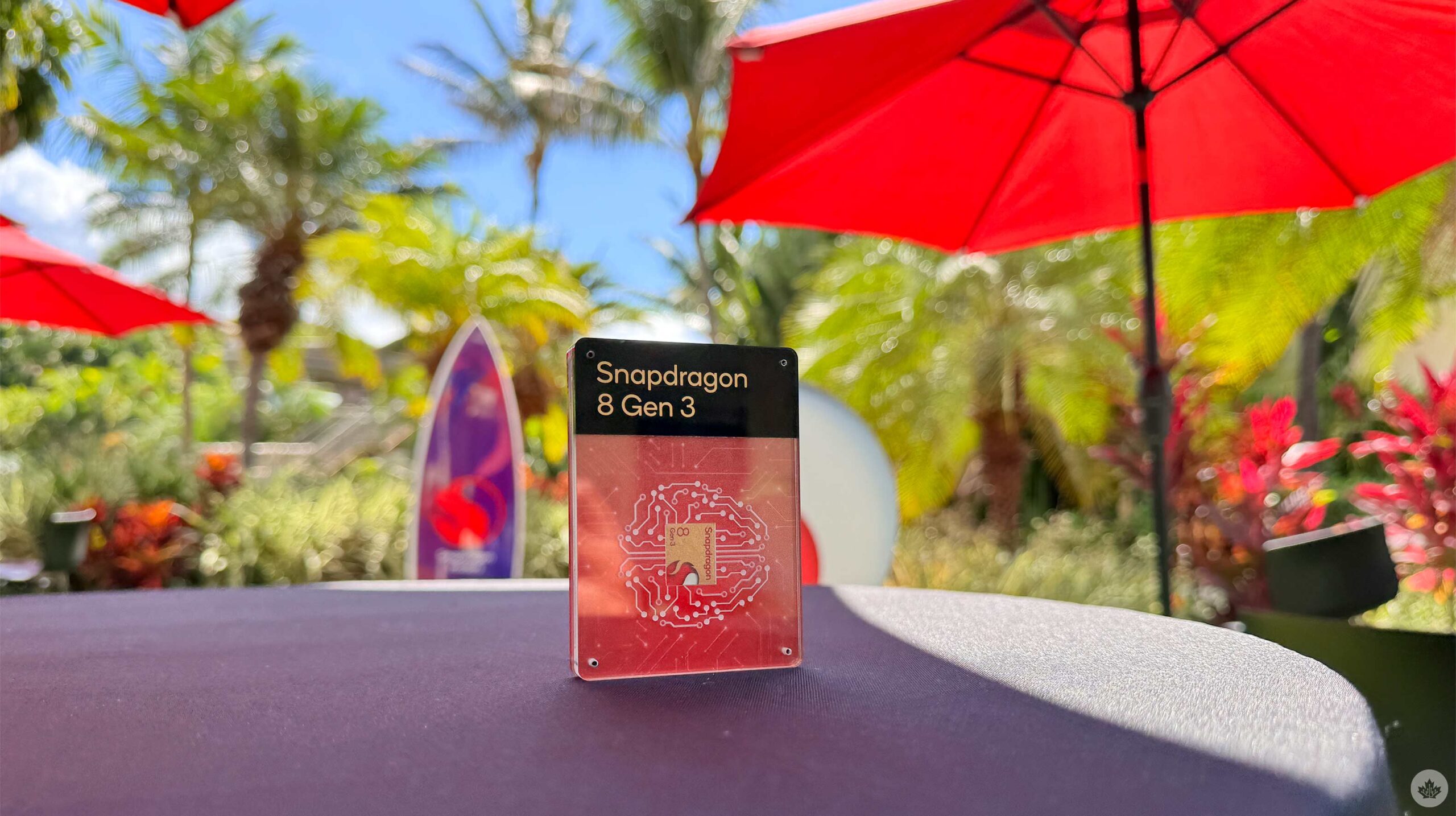
The Apple ecosystem has locked me down for the past couple of years.
I got an iMac and MacBook Pro through work, and when I also got my hands on an iPhone 14, everything clicked into place. Now, I use two iPads, an Apple Watch, an iMac, a MacBook, an iPhone and several AirTags. Everything works together seamlessly; if my iMac or AirTags are no longer on my person, I’ll get a notification on my iPhone. Further, if I copy text on my iPhone, I can paste it on my MacBook.
I love this fluidity and that everything works together perfectly.
Google, Samsung, Huawei and other tech brands have tried to create a cohesive ecosystem like this but have failed to do so. At one point, I believed that Google was attempting to create an Android ecosystem similar to what Apple offers, but since the very first Pixel, the Mountain View-based company has pushed its own line of devices above other manufacturers’ smartphones.
However, Qualcomm seems to be attempting to change things up. The chipmaker announced Snapdragon Seamless at its Snapdragon Summit in Hawaii. Seamless is a cross-platform technology that lets users link across different operating systems while sharing peripherals and data. It works with Android and Windows, and Qualcomm is already collaborating with brands like Asus, Honor, Lenovo and Oppo. All that’s needed is the Snapdragon 8 Gen 3 chip and the Snapdragon X Elite processor, and you’re good to go. Qualcomm designed Seamless so that customers don’t feel like they’re stuck with one manufacturer. Most Android flagships next year will likely feature the Snapdragon 8 Gen 3 — except Google — so anyone purchasing a new device next year will likely be able to access Seamless.
“…I love how all my Apple products work together, it’d be great to have a similarly cohesive world when I’m reviewing Android devices.”
Earbuds, PCs, mice and keyboards should all be able to work with your smartphones, tablets and laptops seamlessly. However, developers will need to work alongside Qualcomm to implement this technology. In North America, people often only think of a few brands. Apple is likely at the top of this list for some, followed by Samsung, Google and occasionally, some folks will remember Motorola is still kicking. However, Apple takes the bulk of the cake with the largest mobile market share in Canada, surpassing even Samsung, and there’s no doubt that its ecosystem is a significant reason why. This could change if brands work together and make Seamless a cohesive platform that’s easy to use.
Better late than never
It’s very possible that in North America, it’s too late. Of course, we’ll see the most Seamless usage in markets where Apple isn’t as dominant. But in countries like Canada and the U.S., this technology will go unnoticed by many. I talked about this with one of my fellow tech bloggers, Will Sattelberg from Android Police, and we both agreed that Seamless would have been great before Google started to dive so deep into the Pixel brand. When the search giant had its Nexus-branded smartphones, it would have made sense to make a unified system with all the other manufacturers partnering with Google, Qualcomm, Samsung and several other well-known brands.
Seamless could have potentially even saved some dead smartphone brands like LG and HTC that phased out their mobile divisions. Brands trying to create their own ecosystems, like Samsung and Google’s Pixel in North America, left many mismatched devices that don’t sync very well.
Even though a lot of people have switched from Android to Apple due to the ecosystem and how everything works so well together, many people in North America still use Android and Windows devices. So, while Snapdragon Seamless would have been perfect several years back, there’s a good chance that Seamless can still help some users now.
I just wish it had arrived earlier.
We’ll really get to see whether Seamless can stand up against Apple’s Universal Control in 2024. Samsung’s flagship S series and its foldables, OnePlus, Xiaomi, Oppo, Sony and more devices that will use either the Snapdragon 8 Gen 3 or the Snapdragon X Elite, and other brands will be able to turn on the Seamless feature.
I’ll have more thoughts on Snapdragon Seamless as products release with it. I’m hoping it can shift the tide in the ecosystem wars because as much as I love how all my Apple products work together, it’d be great to have a similarly cohesive world when I’m reviewing Android devices.
MobileSyrup may earn a commission from purchases made via our links, which helps fund the journalism we provide free on our website. These links do not influence our editorial content. Support us here.


